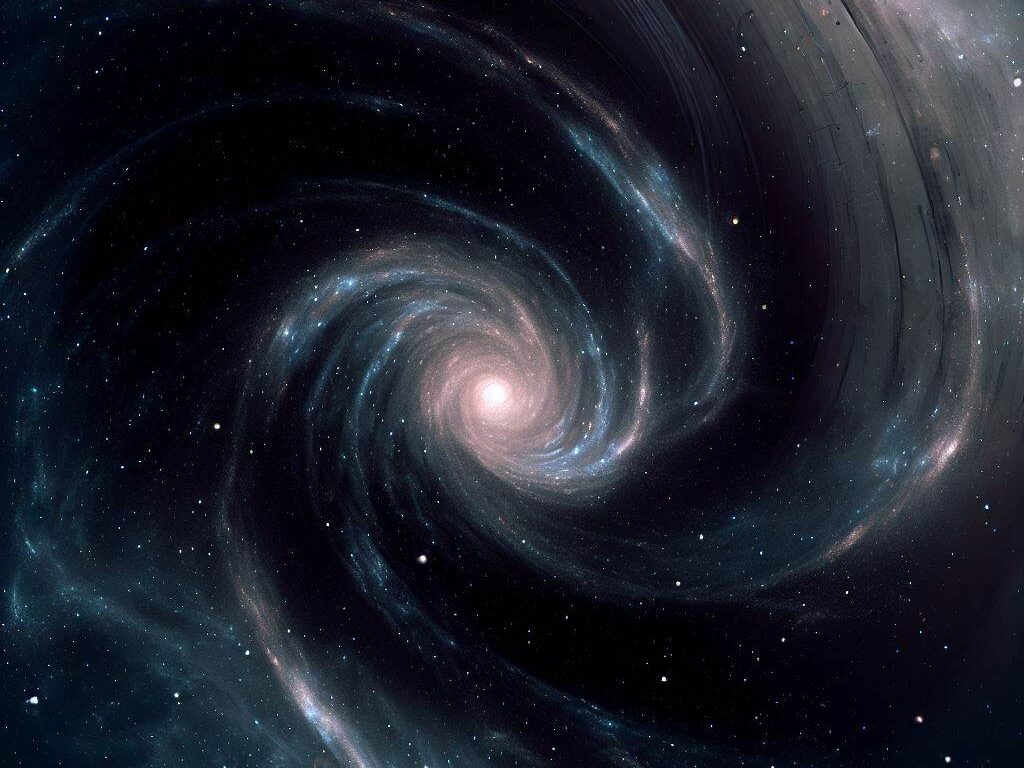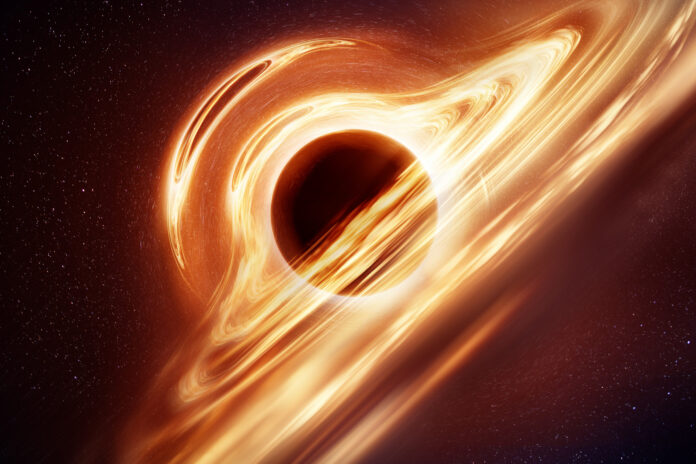Introduction
Gravity, as we know it, has been a fundamental force that has shaped our understanding of the universe. However, the discovery of dark matter and the concept of modified gravity have challenged our traditional understanding of this force. In this blog post, we will explore these intriguing concepts and their implications on our understanding of the universe.
What is Dark Matter?
Dark matter is a hypothetical form of matter that is believed to account for approximately 85% of the matter in the universe. Despite its prevalence, dark matter does not interact with electromagnetic radiation, making it invisible to our current detection methods. Its existence is inferred from its gravitational effects on visible matter, radiation, and the large-scale structure of the universe.
Dark Matter and Galaxy Formation
One of the key pieces of evidence for dark matter comes from its role in galaxy formation. The gravitational effects of dark matter are thought to help galaxies form and hold together. Without the presence of dark matter, it would be difficult to explain how galaxies have formed and why they remain intact.

The Mystery of Dark Matter
The existence of dark matter was first proposed in the 1930s by Swiss astronomer Fritz Zwicky, who noticed that galaxies in a cluster were moving faster than expected. This discrepancy, known as the “missing mass problem,” suggested that there was more matter in the universe than we could observe.
Despite decades of research, dark matter remains one of the most elusive mysteries in modern physics. While we have observed its gravitational effects, we have yet to identify what dark matter is made of. This has led some scientists to propose alternative theories, one of which is modified gravity.
What is Modified Gravity?
Modified gravity theories suggest that our understanding of gravity, as outlined by Einstein’s theory of general relativity, may not be entirely accurate. These theories propose that the observed effects attributed to dark matter could instead be explained by changes or modifications to the laws of gravity.
One of the most well-known modified gravity theories is Modified Newtonian Dynamics (MOND). MOND suggests that the laws of gravity differ at low accelerations, such as those found at the outskirts of galaxies. This could explain the observed rotational speeds of galaxies without the need for dark matter.
Modified Newtonian Dynamics: A Fresh Perspective on Gravity
Modified Newtonian Dynamics (MOND) is a theory proposed as an alternative to the concept of dark matter, which makes up a significant portion of the universe but has yet to be directly observed. MOND was introduced by physicist Mordehai Milgrom in the 1980s to address anomalies in the rotational speeds of galaxies.
According to Newton’s laws, the stars at the edges of a galaxy should move slower than those near the galactic center, where visible matter is concentrated. However, observations show that stars at the periphery move just as fast as those in the center. This discrepancy led to the hypothesis of dark matter, an unseen substance providing the extra gravitational pull.
MOND offers a different explanation. It suggests that Newton’s laws of motion, which work well on Earth and in the solar system, need modification at the low accelerations found in galaxies. In MOND, the force of gravity decreases more slowly with distance than in Newton’s law, providing the extra pull needed to explain the observed galactic rotations without invoking dark matter.
While MOND has had success in explaining certain galactic phenomena, it faces challenges when applied to larger, cosmological scales. For instance, it struggles to account for the observed patterns in the Cosmic Microwave Background radiation, the oldest light in the universe. These patterns align well with predictions made by the standard model of cosmology, which includes dark matter.
In conclusion, while MOND provides an interesting alternative to dark matter, it is not without its challenges. The debate between MOND and dark matter is part of the ongoing quest to understand the fundamental laws of the universe, a testament to the ever-evolving nature of scientific inquiry.
Modified Gravity and Cosmological Observations
While modified gravity theories have been successful in explaining certain galactic phenomena, they face challenges when applied to larger, cosmological scales. For instance, they struggle to account for the observed patterns in the Cosmic Microwave Background radiation, the oldest light in the universe. These patterns align well with predictions made by the standard model of cosmology, which includes dark matter.
The Debate: Dark Matter vs. Modified Gravity
The debate between dark matter and modified gravity is one of the most contentious in cosmology. Supporters of dark matter argue that it provides the simplest explanation for a wide range of astronomical observations. It fits well within the standard model of cosmology, known as the Lambda-CDM model, which has been successful in explaining the large-scale structure of the universe.
On the other hand, proponents of modified gravity argue that it offers a more elegant solution, eliminating the need for an unseen, undetected form of matter. They point out that despite extensive searches, we have yet to find direct evidence of dark matter.
The Future of Gravity and Dark Matter Research
While the debate continues, it’s important to note that dark matter and modified gravity are not mutually exclusive. Some theories, like TeVeS (Tensor-Vector-Scalar gravity), incorporate elements of both. It’s possible that our final understanding of the universe will include aspects of both dark matter and modifications to gravity.
As we continue to explore the universe, new technologies and observations will undoubtedly shed more light on these mysteries. Whether through the detection of dark matter particles or through further evidence supporting modified gravity, our understanding of the universe is bound to evolve.
Conclusion
The mysteries of dark matter and modified gravity remind us that there is still much we don’t know about the universe. As we continue to question, explore, and push the boundaries of our knowledge, we get closer to understanding the true nature of the cosmos. Whether the answer lies in dark matter, modified gravity, or a combination of both, the journey of discovery is an exciting testament to our enduring curiosity and quest for understanding.
In the end, the exploration of dark matter and modified gravity is not just about understanding the universe—it’s about expanding the horizons of human knowledge and imagination. As we unravel these cosmic mysteries, we also uncover more about ourselves and our place in the cosmos.


